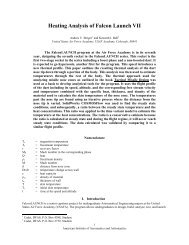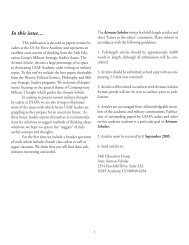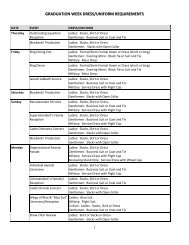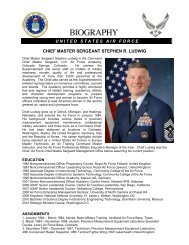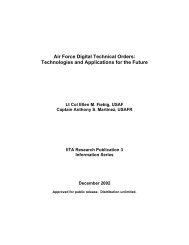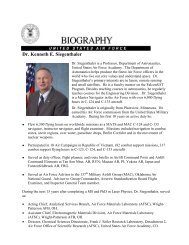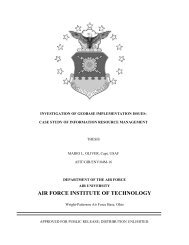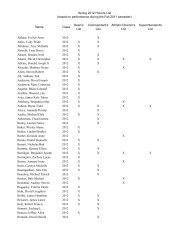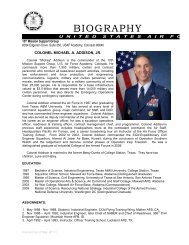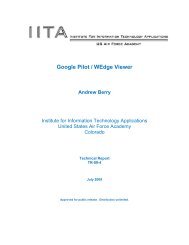the rollback of south africa's biological warfare program
the rollback of south africa's biological warfare program
the rollback of south africa's biological warfare program
Create successful ePaper yourself
Turn your PDF publications into a flip-book with our unique Google optimized e-Paper software.
government supported institutions. Much <strong>of</strong> this research was conducted under<br />
<strong>the</strong> umbrella <strong>of</strong> CSIR.<br />
In 1960, Dr. Joynt helped start a new phase <strong>of</strong> <strong>the</strong> chemical <strong>warfare</strong> (CW)<br />
<strong>program</strong>, when he corrected a problem with tear gas that was needed to control<br />
riots and to deal with militants hiding in <strong>the</strong> bush. In <strong>the</strong> 1960 Pondoland<br />
uprising in Transkei, tear gas was extensively used. That same year, Dr. Joynt<br />
was sent for a nuclear, <strong>biological</strong> and chemical (NBC) <strong>warfare</strong> course in <strong>the</strong><br />
United Kingdom. In <strong>the</strong> 1960s, CSIR continued to work on tear gas and on CX<br />
powder for tracking. Dr. Joynt fitted Cessnas for <strong>the</strong> army, which would be<br />
used in spreading CX powder. In <strong>the</strong> mid-1960s, CSIR worked on mustard gas<br />
and on gas masks to replace <strong>the</strong> World War II-vintage masks <strong>of</strong> <strong>the</strong> SADF.<br />
The Egyptians had used chemical weapons in Yemen, 1962-67, and may have<br />
passed it on to <strong>the</strong> African National Congress (ANC). So, South African<br />
leaders realized <strong>the</strong> importance <strong>of</strong> updating <strong>the</strong> CBW <strong>program</strong>. The EMAC<br />
(electrical, mechanical, agricultural, and chemical) Department worked on and<br />
innovated weapons, including chemical and <strong>biological</strong> agents during <strong>the</strong> 1960s<br />
and 1970s. 8<br />
In 1963, South Africa finally became a party to <strong>the</strong> 1925 Geneva<br />
Conventions, banning <strong>the</strong> use <strong>of</strong> chemical and <strong>biological</strong> weapons in <strong>warfare</strong>.<br />
South Africa’s late accession indicated that, for 40 years, <strong>the</strong> SADF was<br />
prepared to use chemical and <strong>biological</strong> agents in <strong>warfare</strong>. As will be<br />
demonstrated, South African accession did not deter apar<strong>the</strong>id leaders from<br />
developing a new and sophisticated CBW <strong>program</strong>.<br />
According to Dr. Joynt, in <strong>the</strong> early 1970s, SADF generals asked <strong>the</strong><br />
CSIR for “aggressive” chemical and <strong>biological</strong> <strong>warfare</strong> (CBW) agents and<br />
wanted a CBW industry started. Dr. Joynt’s superior, Wim de Villiers<br />
commented that Africa was not <strong>the</strong> kind <strong>of</strong> continent for CBW and that it was<br />
too “complex” and too expensive to develop. In 1974, de Villiers wrote a tenpage<br />
report, in which he gave a R500 million (more than $500 million in 1974<br />
4




